Vegetables for breastfeeding: what can and can not be
Last reviewed: 23.04.2024

All iLive content is medically reviewed or fact checked to ensure as much factual accuracy as possible.
We have strict sourcing guidelines and only link to reputable media sites, academic research institutions and, whenever possible, medically peer reviewed studies. Note that the numbers in parentheses ([1], [2], etc.) are clickable links to these studies.
If you feel that any of our content is inaccurate, out-of-date, or otherwise questionable, please select it and press Ctrl + Enter.
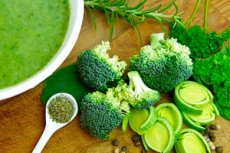
Vegetables during breastfeeding should be one of the mandatory elements in the nutrition of each mother during lactation. Given the immaturity of the digestive system, some vegetables in infants can cause violations of normal bowel function. Therefore, it is also very necessary to approach the choice of vegetables in the diet of the mother.
Benefits and negative impact of vegetables
A well-balanced diet and proper hydration can help you and your baby to be healthy through breastfeeding. Eating is established in the first years of life and affects all stages of the child's life cycle in the future. A complex network of genetic and environmental factors is involved in the formation of eating habits that begin in the prenatal period through the contact of the fetus with the amniotic fluid. After birth, early food experiences become part of this network, such as breastfeeding, which will further affect the intake of food by children. Infants are exposed to a variety of tastes that reflect their mother's diet, which makes them familiar with the eating habits of the family. Consumption of fruits and vegetables is important for healthy and high-quality nutrition. These products are associated with the prevention of diseases such as childhood obesity. In addition, vegetables should be included in at least two main dishes. This recommendation is also aimed at reducing the consumption of energy-intensive and nutrients, such as glucose and flour products.
Although vegetables provide a rich amount of vital nutrients and water, it is still necessary to avoid certain varieties to prevent excessive gas formation in your baby. Most products containing carbohydrates produce gas during digestion, but compounds in some vegetables cause higher gas production. Therefore, the allowed and forbidden vegetables are distinguished when breastfeeding.
Different vegetables affect the baby differently, but in general, salad, pepper, tomatoes, asparagus is unlikely to cause abnormal digestion. Such vegetables as low-calorie, rich in water can also help you lose excess pounds after breastfeeding.
Of course, the fact that the vegetables are useful and needed in the mother's nutrition when breastfeeding there is no objection. But it is very important how to cook them, so that they retain the maximum benefit and do not harm the digestion of the newborn. Fresh, raw vegetables with breastfeeding are the richest source of vitamins. Therefore, if possible, all these nutritional ingredients in vegetables should be eaten fresh. Vegetables for a couple when lactating occupy the second place in order to preserve the useful properties in them, which is why this method of preparation should be given preference. Stewed, baked or grilled vegetables are also considered very useful, and they minimize the negative impact on the digestion of the baby compared to fried vegetables.
Depending on how your body and your child react, you may need to limit or avoid certain vegetables. The main problem is colic in children of the first months of life. Therefore, vegetables that can be breastfed for the first and second months are slightly limited to those that do not form gases in the intestine.
Potatoes and aubergines, as a rule, contribute to a moderate amount of gas. Because the potato peel is rich in fiber, which can cause or worsen diarrhea, the potato without skin provides a less gaseous alternative in the presence of excess gas or diarrhea. You can eat potatoes for nursing mothers, but you need to choose stewed, boiled or baked eggplants and potatoes along with the greens, which will reduce the delay of these foods in the intestines. Fatty foods can delay the emptying of the stomach, increasing gas-related bloating and discomfort.
See also: Products that cause flatulence
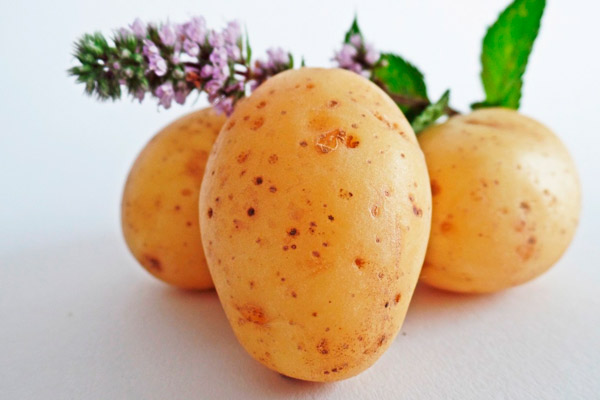
Beans and lentils provide a valuable amount of vitamins, minerals, protein and fiber. While a sudden increase in fiber intake can cause indigestion, a healthy diet should contain 25-30 grams per day.
In addition to gradually increasing the intake of fiber-rich foods such as legumes, soaking beans and lentils for several hours, and then rinsing them before cooking can prevent excess gas. This process reduces the amount of natural sugars that contain legumes, which usually contribute to saturation.
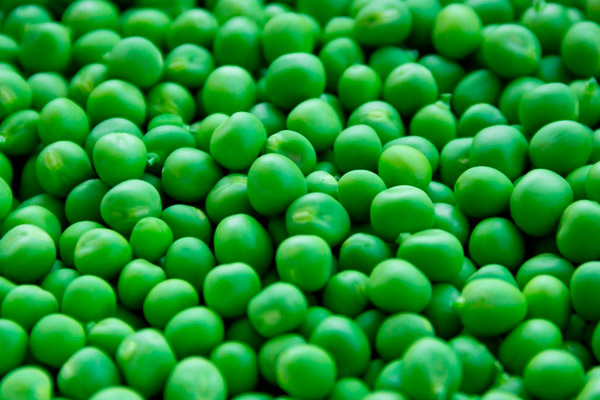
You can eat cabbage, broccoli and cauliflower with nursing mom, given that these vegetables expand the surface area of food particles, increasing contact with digestive enzymes when they pass through your intestinal tract. This makes these products more absorbable and less likely to cause the formation of gases in the intestine.
Avoiding some vegetables and properly treating them before taking, it is important to know which vegetables must be consumed daily or at least several times a day.
Useful properties of individual vegetables during lactation
The most useful vegetables are those that have a green color. Moderate consumption of them is not only beneficial, but it also improves the very process of digestion.
Vegetables such as spinach, cabbage and watercress have a high level of calcium, iron, vitamins K and A and folates, and therefore these are super-foods for nursing mothers.
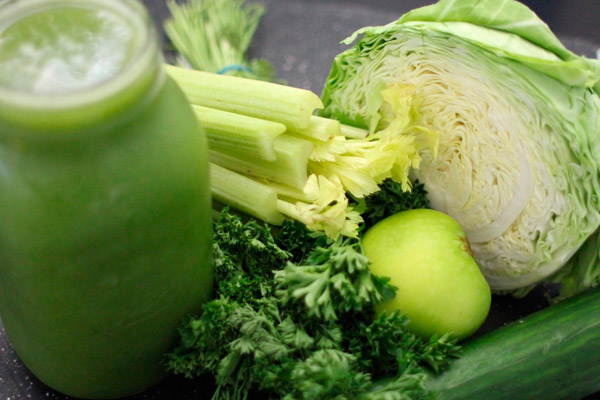
Another advantage of dark greenery, including cabbage, parsley or rukkola, is that the body easily absorbs calcium from these vegetables. Spinach has a high content of iron, calcium, folic acid, vitamins and minerals. This helps breastfeeding mothers recover from anemia after pregnancy. Spinach helps in detoxification from harmful substances and medicines.
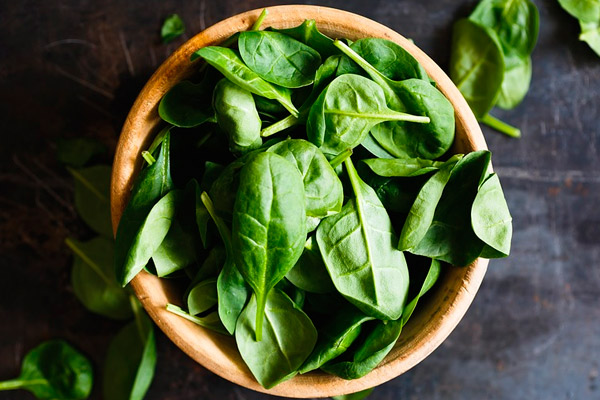
Basil leaves are a good source of thiamine, iron, niacin, vitamin K and carotene. Basil leaves are excellent sources of antioxidants. Consumption of leaves increases the immunity of the mother and child and keeps the newborn from many diseases. Basil also has a calming effect, which is good when the child is restless during colic. You can eat dill while breastfeeding the baby, and this is even considered useful in colic. After dill is known for its vitrogenic action, therefore the use of this green grass will very well affect the intestines of the baby.
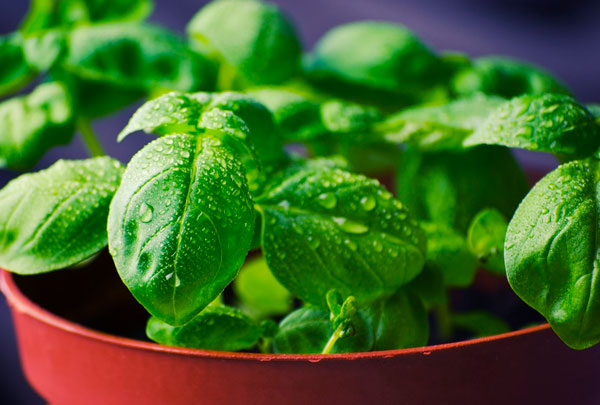
Fat in food, if it is in sufficient not excessive amounts, helps your body absorb vitamins, fight infections and generate healthy cells and nerves. But not all fats are equally useful, so nursing mothers need to choose foods rich in monounsaturated and polyunsaturated fats that include omega-3 fatty acids from sources such as fish (sardines, halibut and cat among them), as well as many vegetables that are contain such acids. These include avocados, nuts, seeds of olive and grape oils. Can I eat olives for a nursing mother? Olives are considered one of the sources of the same useful fatty acids, so their use will be very useful for mom during lactation.
Broccoli, onions, Brussels sprouts, green peppers, cauliflower, cabbage - these vegetables in the raw state can bother the children, but they are less harmful when cooking. Therefore, nursing mothers can eat Peking cabbage, but it is preferable, if it is, first prepared by extinguishing with other vegetables. Pepper for nursing mother can also be consumed, but also best stewed or steamed.
Carrots contain alpha and beta-carotene, which help in the production of more breast milk. It also contains vitamin A, which, of course, increases the hormones of lactation. Therefore, carrots can be eaten with lactation, most preferably in fresh form or in the form of juice.
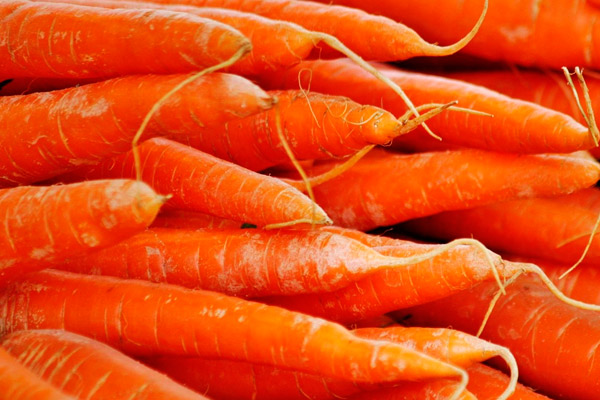
Sweet potatoes are rich in beta-carotene (vitamin A), which helps improve the quality of breast milk. It also contains phosphorus, vitamin B1 and B2, vitamin C, potassium, dietary fiber, copper, vitamin B6. Sweet potatoes are a source of magnesium, which is a mineral known for the benefits of relaxation and anti-stress action. Sweet potatoes contain iron and promote a healthy digestive system. Celery with lactation is also very useful, because in addition to nutrients, it is hypoallergenic.
Since garlic has herbal properties, it has been used for many years to stimulate the supply of breast milk. If your baby suffers from colic, then avoid garlic in your diet. Consuming 2 to 3 cloves of garlic daily helps in the production of breast milk from mothers. But we should not forget that it gives an unpleasant smell and bitter aftertaste to the milk, so a newborn can at all refuse it. Therefore, it is possible to eat garlic for a nursing mother if the child responds normally and does not refuse milk at the same time. The same goes for onions - this is a very useful natural phytoncid that can kill a lot of microbes. But it can affect the taste of milk, so mothers do not recommend onions when feeding.
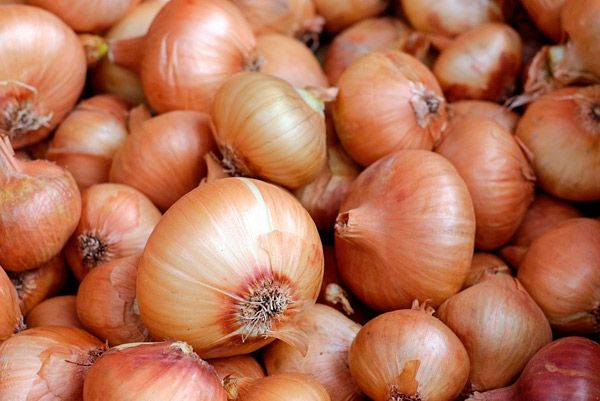
Ginger is a powerful herb that is commonly used in cooking and has medicinal properties. It is used to treat many kinds of health problems, such as dyspepsia, sore throat, cough, colds, muscle aches, hypertension, seizures, constipation, vomiting, fever. Ginger contributes to the healthy supply of breast milk for nursing mothers, so ginger can be eaten by the mother during lactation. The best use of ginger is to make ginger tea.
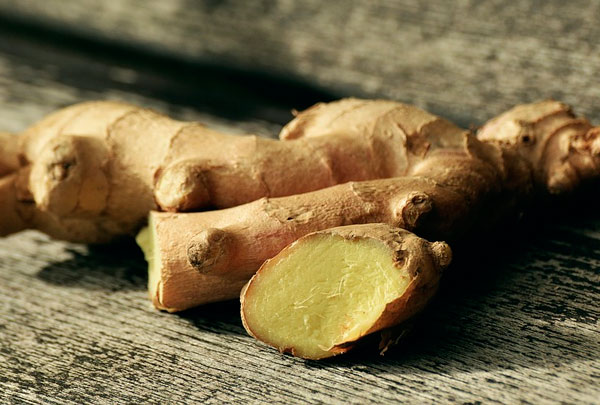
Can I breast-feed a pumpkin? Pumpkin is a very nutritious and useful inducer of enhancing lactation. It helps in detoxification of the liver and body, and develops immunity. It improves digestion, has antioxidant vitamins A and C. It is a seasonal vegetable with a high water content. This helps to keep your body hydrated, easy to digest, so you can eat pumpkin with lactation. Use a pumpkin in the diet is better in the form of freshly squeezed juice, in which you can add a small amount of lemon, and mint as an enhancer of taste. Try to make desserts from pumpkin, for example pudding or porridge.
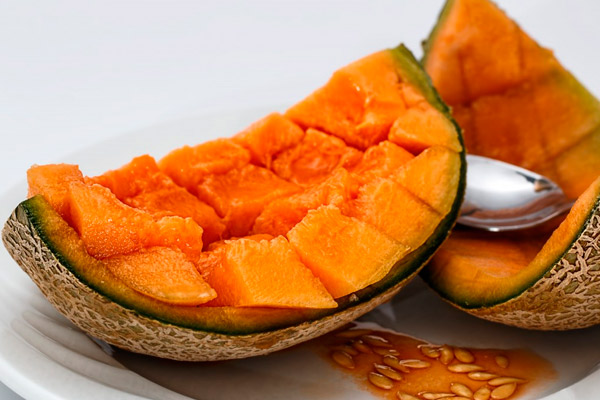
You can also eat seaweed in the lactation, because it is one of the sources of iodine, which is so necessary for the child.
Asparagus is a green vegetable that is an excellent source of dietary fiber, vitamin A and K. It stimulates lactation hormones in nursing mothers. Asparagus increases the digestion process. You can cook asparagus on a grill or steamed. The bean string bean to mother during breastfeeding is not recommended, because compared to green asparagus, it is more difficult for the digestive tract. It can cause bloating in the child and the mother, so the intake of beans should be limited.
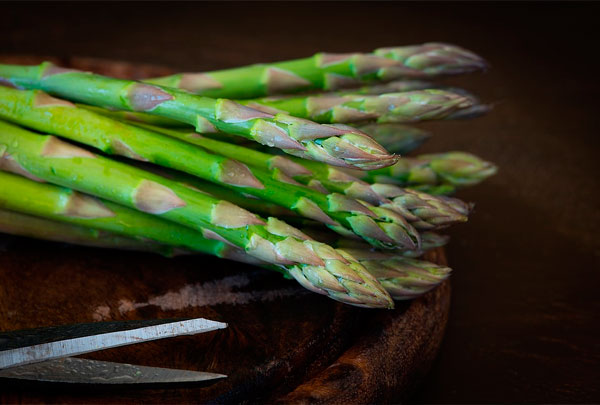
It is known that corn causes allergic reactions in children, so it is not recommended to eat canned and fresh corn for nursing mother. In addition, corn can stay in the intestine for a long time, which is why it can cause constipation in the mother and discomfort of the newborn.
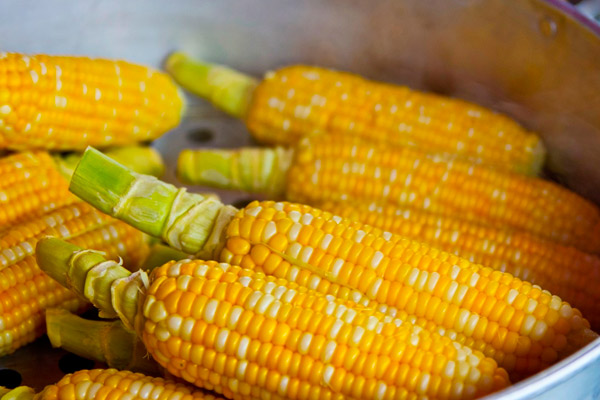
The use of certain foods, and then breastfeeding can cause an allergic reaction in your child. Therefore it is desirable to use hypoallergenic vegetables when breastfeeding. These include potatoes, zucchini, beets, cauliflower.
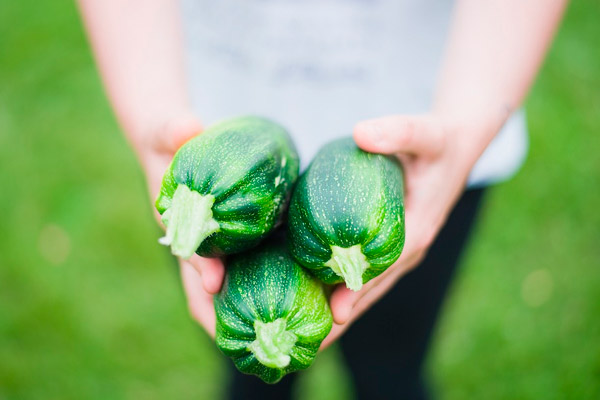
Beets for nursing mothers can also be consumed, despite the fact that it has a red color. Beetroot does not belong to the allergenic products, so boiled beets can be consumed, especially if the child's propensity to constipation.
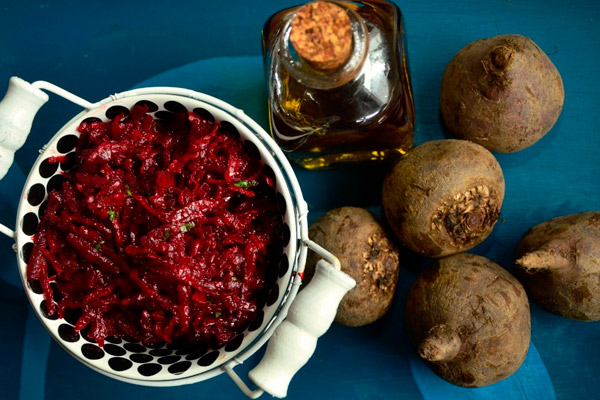
Carefully follow your child and any symptoms of allergic reactions after breastfeeding. If you notice any allergic reactions, think about any foods you could eat recently, or about any new foods in your diet. These products will need to be removed from your diet. The most common symptom of an allergic reaction can be found in changes in your child's stool. Any stool that has a mucous character, a green color and is dyed with blood, will indicate a potential allergic reaction. Allergic reactions can also cause your baby to become fussy, a rash, diarrhea, constipation, or in some extreme cases may cause difficulty breathing.
Can I eat a cucumber breastfeeding mother? Cucumber juice contains minerals such as potassium, magnesium and fiber, which help regulate blood pressure. Cucumber can also help lower cholesterol. But, despite such useful properties, it is better to avoid the cucumber when you are breastfeeding. Cucumber is one of the plant foods that can cause colic in your child due to a tendency to increased gas production. Is it possible to eat pickled cucumbers? They not only contain a minimum amount of vitamins, but also retain water in the body of the mother and can cause even swelling. Therefore, neither fresh cucumbers, nor salted cucumbers to nursing mum to eat it is undesirable.
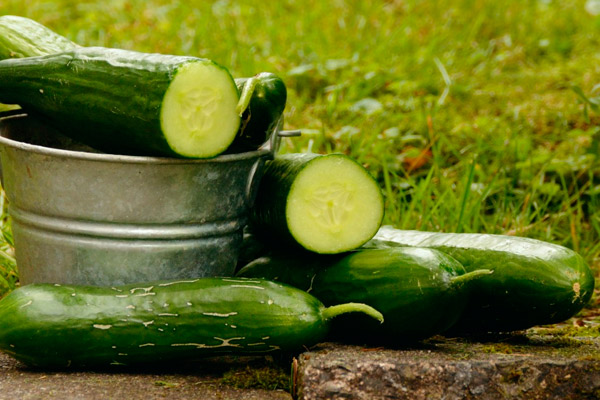
Tomatoes are a good source of vitamin C, the nutrient needed during breastfeeding, because it helps you absorb a large amount of iron. However, tomatoes have acids that can cause problems in your baby.
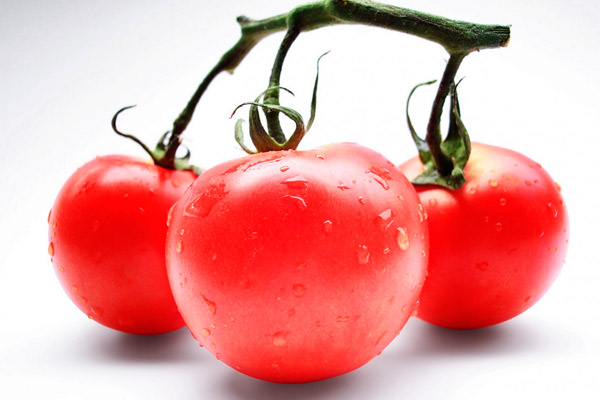
The strong flavor of tomatoes that can penetrate your milk can make your child irritable. Therefore, you can eat tomatoes in nursing mothers in small quantities. Start with a small amount to see if there are symptoms of irritation in the baby. If he has a reaction, you will know to avoid taking tomatoes for the duration of your breastfeeding. If symptoms do not appear, you can gradually increase the amount.


 [
[